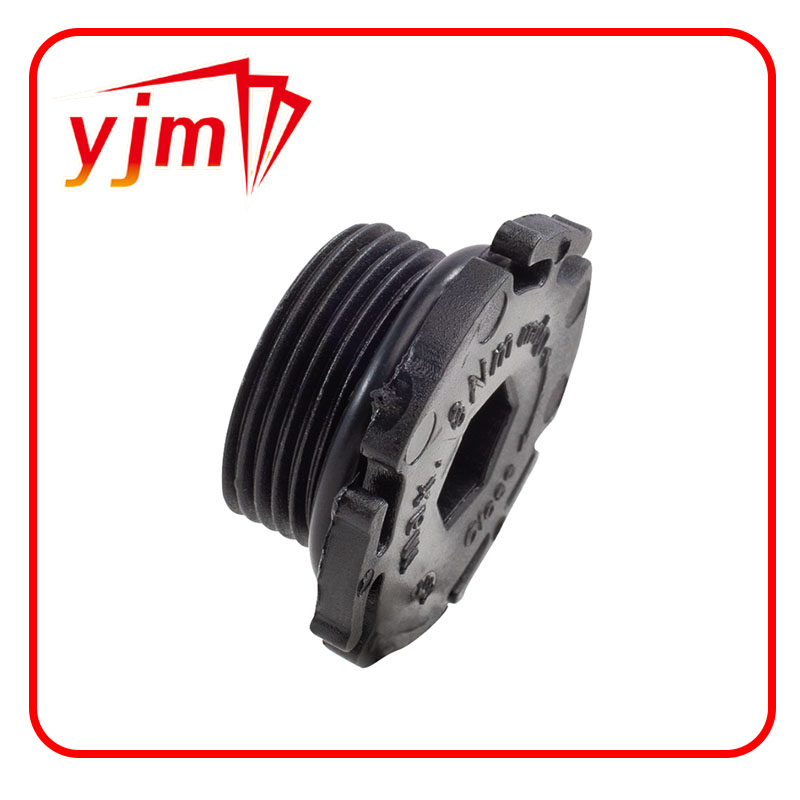Equivalent Oil Seal Specifications for 22x35x7 Size in Various Applications
Understanding the Importance of the 22x35x7 Oil Seal in Mechanical Applications
In various mechanical systems, oil seals play a crucial role in ensuring optimal performance and longevity. Among these, the 22x35x7 oil seal is noteworthy due to its specific dimensions and applications. This article will delve into the significance, design features, materials, and common uses of this oil seal, demonstrating its essential role in machinery.
What is an Oil Seal?
An oil seal, also known as a lip seal, is a device that prevents the leakage of lubricants or oil from machinery and prevents the entry of dirt and contaminants. Oil seals are essential for maintaining the internal environment of mechanical systems, thus enabling them to function correctly without the interference of external elements.
Dimensions and Specifications of the 22x35x7 Oil Seal
The dimensions of an oil seal are generally expressed in millimeters and represent the inner diameter (ID), outer diameter (OD), and thickness (W). For the 22x35x7 oil seal
- Inner Diameter (ID) 22 mm - Outer Diameter (OD) 35 mm - Width/Thickness (W) 7 mm
These measurements indicate that the oil seal fits snugly around a shaft or housing of approximately 22 mm in diameter while sealing against a casing of 35 mm. The thickness of 7 mm provides adequate sealing performance without compromising the mechanical integrity of the assembly.
Material Composition
Oil seals are typically made from materials that resist wear and tear, degradation, and high temperatures. Common materials used for producing the 22x35x7 oil seal include
- Nitrile Rubber (NBR) Known for its excellent oil resistance and durability, NBR is the most common material used for oil seals. It can withstand a wide range of temperatures and is suitable for various liquids.
- Fluoroelastomer (FKM) This material offers superior heat resistance and chemical stability, making it ideal for high-performance applications where aggressive fluids are used.
- Polyurethane (PU) Known for its flexibility and resistance to abrasion, polyurethane is often used in dynamic applications where movement occurs.
The choice of material significantly influences the seal's performance and lifespan, making it critical for specific applications.
22x35x7 oil seal

Applications of the 22x35x7 Oil Seal
The 22x35x7 oil seal is commonly used in various industries, including automotive, industrial machinery, and agricultural equipment. Some typical applications include
1. Automotive Engines In engines, these seals prevent oil leaks in crankshafts and camshafts, ensuring proper lubrication and preventing contamination.
2. Pumps and Compressors Oil seals are crucial in maintaining proper pressure and preventing the ingress of dirt and moisture, which could hinder performance or cause wear.
3. Gearboxes and Transmissions In gearboxes, oil seals help maintain lubrication while preventing the escape of oils, which are vital for smooth operation.
4. Agricultural Equipment Many farming machines rely on oil seals to function optimally, particularly in hydraulic systems and gear drives.
Benefits of Using the 22x35x7 Oil Seal
The incorporation of the 22x35x7 oil seal in mechanical applications offers several advantages
- Enhanced Longevity Proper sealing helps maintain the integrity of lubricants, reducing friction and wear, which in turn prolongs the life of the machinery.
- Reduced Maintenance Costs By preventing leaks and contamination, oil seals minimize maintenance needs and associated costs.
- Improved Efficiency Effective sealing reduces the risk of oil loss, thereby improving the energy efficiency of machines by ensuring that they operate under optimal conditions.
Conclusion
The 22x35x7 oil seal plays a vital role in numerous mechanical applications, ensuring the efficient operation of machinery by preventing leaks and contamination. Its specific dimensions and material characteristics make it suitable for a wide range of environments, from automotive to industrial uses. By recognizing its importance and ensuring the correct installation and maintenance, users can significantly enhance the performance and lifespan of their equipment. Understanding the role of this essential component is crucial for anyone involved in the design, maintenance, or operation of mechanical systems.
-
Understanding Polaris Front Differentials: Key Components for Off-Road Performance
News Jun.20,2025
-
Understanding Crankshaft Seals and Gaskets: Essential Components for Engine Longevity
News Jun.20,2025
-
Understanding Crankshaft Oil Seals: Vital Protection for Engine Performance
News Jun.20,2025
-
The Vital Role of Front and Rear Crankshaft Seals in Engine Protection
News Jun.20,2025
-
Rear Crankshaft Seals: Protecting Your Engine from the Back End
News Jun.20,2025
-
Crank Oil Seals: What They Do, How They Fail, and What They Cost
News Jun.20,2025
-
Understanding Oil Crush Washers: A Small Component with a Big Role in Vehicle Maintenance
News Jun.19,2025
Products categories















